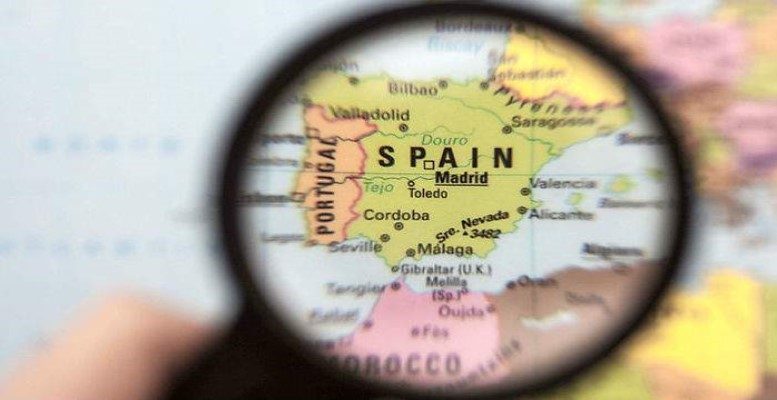Luis Alcaide | New outbreaks of coronavirus in the Altlantic area are dampening the optimism aroused by the second- quarter foreign trade figures. World trade, according to Dutch analyst Cpb, grew in volume by 7.6% in June compared to May, the largest increase since January 2000. Industrial production, also according to Cpb, increased by 4.8% between May and June after four months of decline.
These improvements in industrial production and trade were greater in developed countries, with the euro area leading the way. Ian Golding, an Oxford professor, stated in the FT that “COVID-19 will not kill globalisation”. As businesses and citizens embrace online communication, borders are becoming less relevant and at the same time the race to develop a COVID-19 vaccine is encouraging unp recedented international collaboration. Supply chains, which were already undergoing a transformation due to the development of artificial intelligence and robotics, are changing distribution processes an d the cost of labour, in the face of greater specialisation and better customer service. The struggle between protectionism and free trade will be resolved i n favour of the supporters of free trade and progress, as it happened in the past and more recently in the former communist countries…
The value of Spanish exports in June was 9.2% lower than in June 2019 but 29.3% higher than in May and also higher than in any of the previous three mo nths, including March. This recovery coincides with an even sharper decline in imports. In the last two months – May and June – the ratio of exports to imports has been positive. The coverage rate in this second quarter is above 100%. The price of oil has undoubtedly helped, but what has been decisive is a reorientation of national demand towards domestic products. A correction of what economists call the m arginal propensity of the Spanish economy to imports. In short, a positive trade balance which makes up f or lower tourism revenues and allows us to ma intai n a surplus on our current accoun t with the rest of the world. The number of regular exporters, those who have been exporting for the last three years, comes to 49,192, similar to the number of exporters in 2019.
The trade balance with the EU and the euro area is positive while the deficit with non-EU countries is being cut. We still have a big trade imbalance with China, since it is our second largest supplier, ahead of France and only surpassed by Germany, but our sales to China are barely a third of what we export to Portugal.





